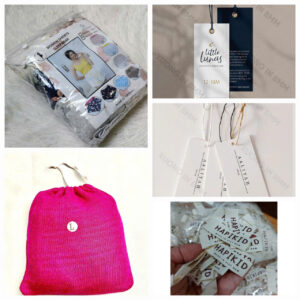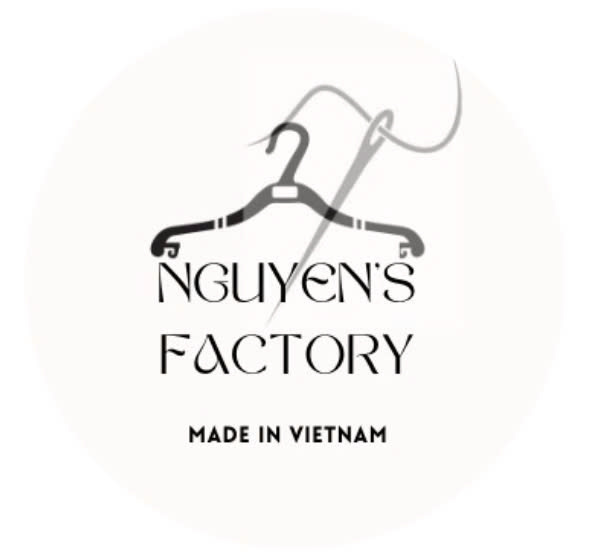Finishing & Packaging
Customized packaging for clothing involves creating packaging solutions that reflect your brand’s identity, protect the product, and enhance the customer experience. Here’s a brief overview of the key elements:
1. Types of Customized Packaging
– Boxes: Rigid or folding boxes, often with printed designs, for a premium feel.
– Poly Mailers: Custom-printed bags for lightweight items, cost-effective and often used for casual or direct-to-consumer shipments.
– Garment Bags: Protective bags for delicate clothing like suits, dresses, or outerwear.
– Tote Bags: Reusable, eco-friendly bags that double as both packaging and a product.
– Tissue Paper: Custom printed tissue paper adds a luxurious touch when wrapping clothes.
2. Branding Elements
+ Logo & Colors: Ensure your logo, brand name, and brand colors are featured prominently.
+ Unique Design: Use creative patterns, fonts, or messages to make your packaging stand out.
+ Hang Tags & Labels: Customized tags with product details or brand messages.
3. Sustainable Options
>>> Eco-friendly Materials: Recyclable, biodegradable, or compostable packaging options (e.g., kraft paper, plant-based inks).
>>> Minimal Waste: Keep the packaging simple yet stylish to appeal to eco-conscious consumers.

